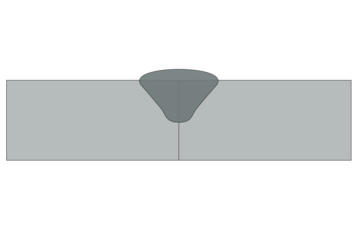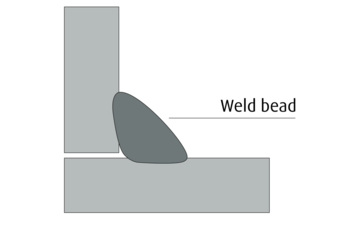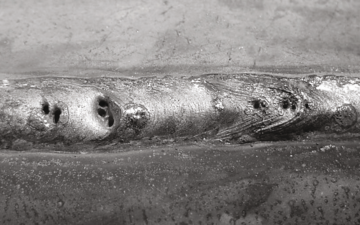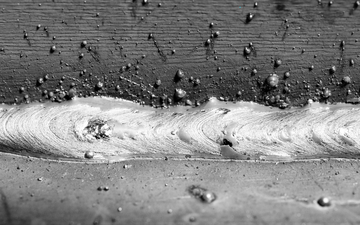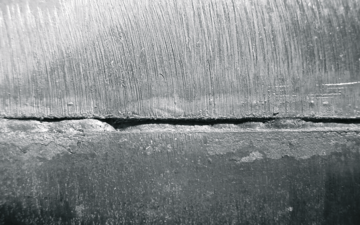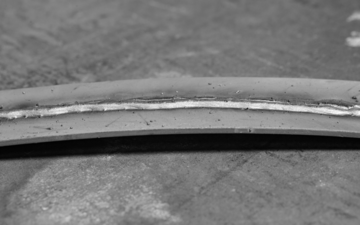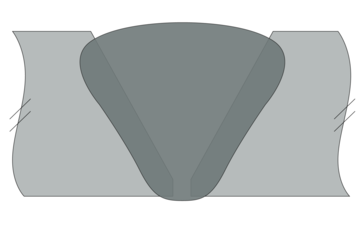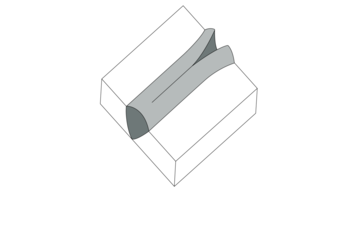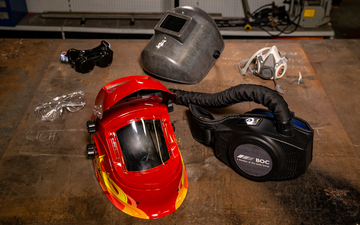- Official BOC UK Online | Industrial Gases | Products & Solutions | BOConline UK
-
Shop
- Industries
- Processes
- Gases & Equipment
-
Solutions
-
Services
-
Health & Safety
-
Contact & Support
- What's Happening
-
Net Zero Strategies
Lack of Penetration & Root Fusion
Lack of penetration and root fusion are two similar – and very common – imperfections that can occur during the welding process.
What causes penetration and root fusing problems?
Penetration defects often result from following incorrect procedures, but are also caused by poor preparation of the joint, or even operating conditions (such as using the wrong materials or techniques) that aren’t up to scratch.
Here are some of the factors that may cause imperfect root fusion and penetration:
-
Root gap narrowing or closing up as welding progresses
-
Excessively thick root face in a butt weld – or a root gap that is too small
-
Misplaced welds, or excessive welding speed
-
Failure to remove sufficient metal in a double-sided weld
-
Energy (heat) input is too low
-
Using a bevel angle that is too small
-
Use of a diameter electrode that is too large

How can root fusion and penetration problems be avoided?
There are specific techniques for dealing with penetration imperfections. These are:
-
Correct joint design – using V or compound joint profiles.
-
Correct preparation of the joint and base metal surfaces. Ensure root is clean and without oxide, rust or coatings before welding.
-
Using tack welds or restraint to maintain an even root gap. Also using procedures that involve back grinding and filling from the underside of the joint.
-
Choosing temporary – e.g. ceramic – or permanent backing.
-
Selecting a more appropriate process such as plasma keyhole or MMA welding with cellulosic electrodes.

When it comes to preventing root fusion – a problem commonly associated with high-deposition rate, low-heat input processes such as MIG welding – various alternative approaches can help to avoid problems and achieve a better weld:
-
Increase the average current setting on the welding power source.
-
Avoiding molten pool from flooding the weld. Use a suitable diameter electrode, not too big or small, and the correct welding current.
-
Controlling the operating technique, using the correct electrode diameter and angle; and using a suitable travel speed to allow time for root fusion.
-
Selecting different consumables; such as helium additions to the shielding gas for aluminium or stainless steel, or increased CO2 levels in argon-based mixtures for carbon-manganese steels).

How to remedy root fusion or penetration problems
In this instance, prevention is far better than cure.
Often the root cannot be directly inspected – for instance using a penetrant or magnetic particle inspection technique – so detection must be done by radiography or ultrasonic inspection.
Remedial action usually involves removing the work by gouging or grinding to sound metal, followed by a re-welding using the correct procedure.
